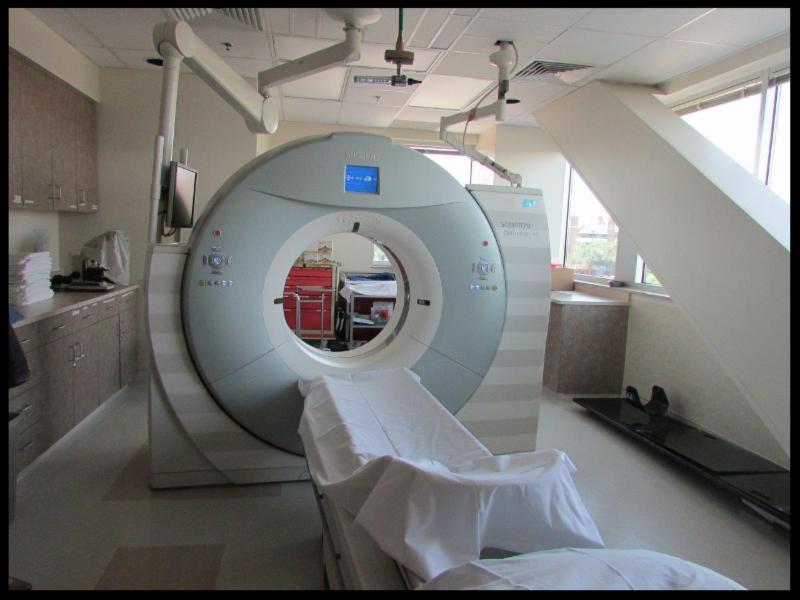
Low-dose CT scans can save lives by identifying lung cancers at an early stage, when treatment is most likely to be effective. A newly published CPWR study, “Early detection of lung cancer in a population at high risk due to occupation and smoking,” validates the U.S. National Comprehensive Cancer Network recommendation that early lung cancer detection programs include both smoking and occupational exposures to define populations eligible for CT screening.
The Building Trades National Medical Screening Program’s ELCD program screened 1,260 former construction workers, and researchers analyzed the results. This population included both heavy and light smokers who had been exposed to harmful vapors, gases, dusts and fumes – including known carcinogens – during their years on the job. Using criteria that included occupational risk, researchers detected a rate of lung cancer (1.6 percent) equivalent to that found in the previous studies of heavy smokers, even though less than half the BTMed cohort met the heavy-smoking criteria used in the other studies.
The bottom line: Early lung cancer detection programs should include individuals at high risk from occupational exposures even if they don’t meet the general smoking criteria. The study has been published online ahead of print in Occupational and Environmental Medicine. Click here for a one-page summary of the study’s key findings.



 Join our thriving community of 70,000+ superintendents and trade professionals on LinkedIn!
Join our thriving community of 70,000+ superintendents and trade professionals on LinkedIn! Search our job board for your next opportunity, or post an opening within your company.
Search our job board for your next opportunity, or post an opening within your company. Subscribe to our monthly
Construction Superintendent eNewsletter and stay current.
Subscribe to our monthly
Construction Superintendent eNewsletter and stay current.